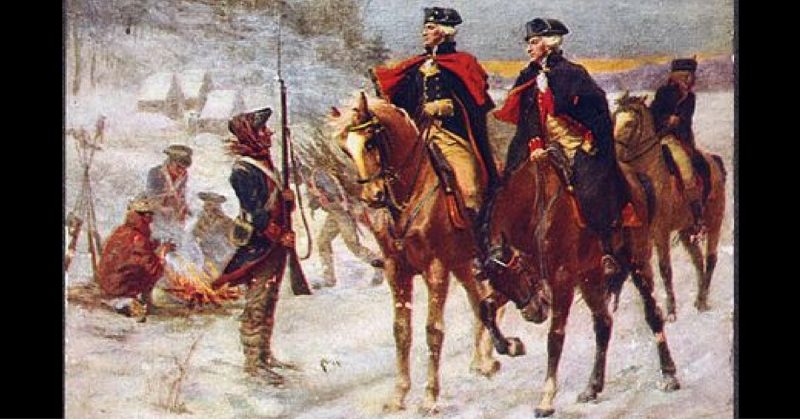Organized during the height of the Revolutionary War, the Culper Ring was created by General George Washington. It was set up to send messages regarding the British Army’s activities in New York and the other colonies. At the time, New York City was where the British had stationed their headquarters and base of operations for the war. The Culper Ring began in late 1778 and lasted until 1781.
Throughout the war, the Culper Ring helped to plan various operations. They organized a surprise attack against French forces as they landed in the colonies. They disclosed a counterfeit scheme designed by the British. They discovered that a principal American officer was going to betray the colonies (although they incorrectly predicted that betrayer as someone other than Benedict Arnold). Also, the ring is credited with foiling a plot to assassinate Washington.
The Beginning of American Intelligence Agencies
Early in the war, Washington received intelligence from a variety of agents, but it took time for formal, permanent agents to be hired to work behind enemy lines. One of the earliest of these agents was George Clinton, who would later become the Governor of New York and then the Vice President. Another was Nathan Hale; however, for his spy work, he was captured and hung by the British.
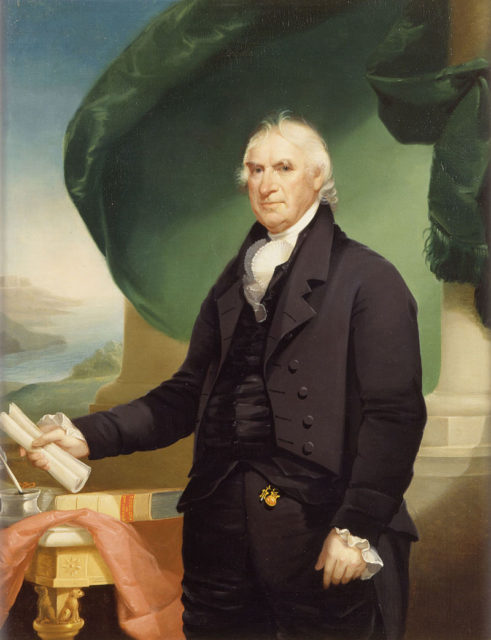
Washington continued to develop his intelligence program, after several failed attempts, such as that of Nathan Hale. Eventually, he decided to use civilians as spies to attract less attention. He recruited Nathaniel Sackett and appointed one of Nathan Hale’s friends as his military contact.
During his time working for Washington, Sackett managed to create several new intelligence gathering methods for the spy ring. It included keeping an agent in enemy territory at all times, and regularly communicating with them to acquire information. One of his biggest discoveries was that the British were building flat-bottomed boats to attack Philadelphia. However, Washington did not feel that Sackett was producing information quickly enough, and so he was fired.
Washington also assigned Major John Clark to head up an intelligence agency in Philadelphia, after Clark had been wounded in a skirmish while spying on Long Island. Unfortunately, his wound did not heal properly. Although he built up a network of spies in the city, he could not keep up with the demands of the job.
The Culper Ring
The Culper Ring officially began when General Washington was offered spy services by a Lieutenant Caleb Brewster from Connecticut. Washington took him up on his offer, and Brewster reported on British troops moving to Rhode Island, and the condition of British warships. Later, General Charles Scott was sent to handle Brewster and also hire additional agents. Eventually, a full complement of staff was acquired, and Washington started to develop standards and practices to define the operation.
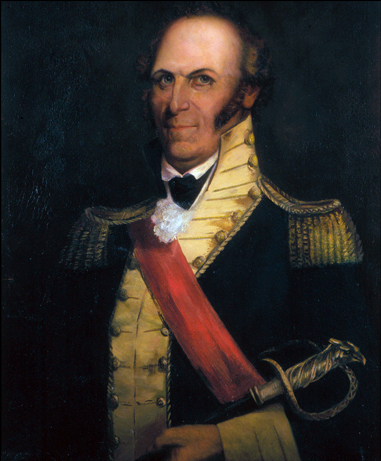
The men within the Culper Ring involved others in their plans. One was Anna Strong, who used laundry signals to let them know when individual spies had a message to pass along. If she hung a black petticoat on her clothesline, it meant there was a message to pass along. She would attach some white handkerchiefs next to the petticoat, and these would signal where the spy in question would meet to hand over his information.
Anna Strong was not the only female to be involved in the Culper Ring. Women frequently acted as informants, including the female relatives of many of the male members.
The Spy Ring Expands
One member, Robert Townsend, went by the alias Samuel Culper, Jr. He had a tailoring business in New York City and had access to British resources. He was also unlikely to arouse suspicion as he was a columnist in a Loyalist newspaper and owned a coffeehouse with another Loyalist.
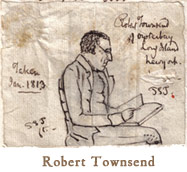
As the ring expanded, General Washington knew less and less about the members, and their operations. The Ring began to develop more advanced ways to communicate. Many members used coded messages hidden within newspapers, as well as invisible ink to hide messages between the lines of an ordinary letter. They started to use code names and numbers. Washington’s number was 711, and rumors circulated of a female agent known only as Agent 355.
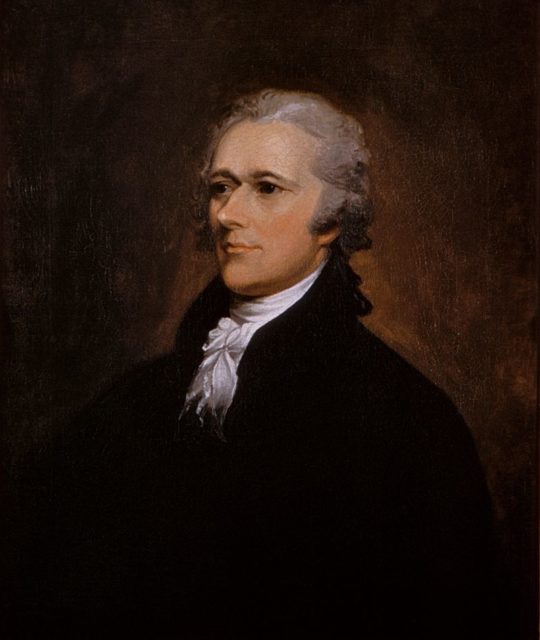
Hercules Mulligan was one notable figure in the Culper Ring, who was recruited by Alexander Hamilton. He took Hamilton in at one point when he needed a place to stay while attending school. Mulligan had access to British intel, as he was married to the daughter of a Royal Navy Admiral, and also had some significant business dealings.
Mulligan often incorporated his slave, Cato, into his spy activities. It was Cato who told Hamilton the British wanted to kidnap and kill Washington. After Benedict Arnold had defected, the British arrested Mulligan, holding him for almost five months. Afterward, Mulligan was released, which Washington felt it was a huge mistake on the part of the British.
After the War
The existence of the Culper Ring was not discovered until as late as the 1930s. It was then that old letters found in the Townsend family home revealed Robert Townsend and Samuel Culper, Jr was one and the same person. A historian reviewed the writing and put the pieces together.
There has been a lot of lore surrounding the Culper Ring in various types of media. From the Ubisoft game, Assassins Creed III, to television shows such as White Collar and Sleepy Hollow, much interest remains regarding the ring’s place in history.
